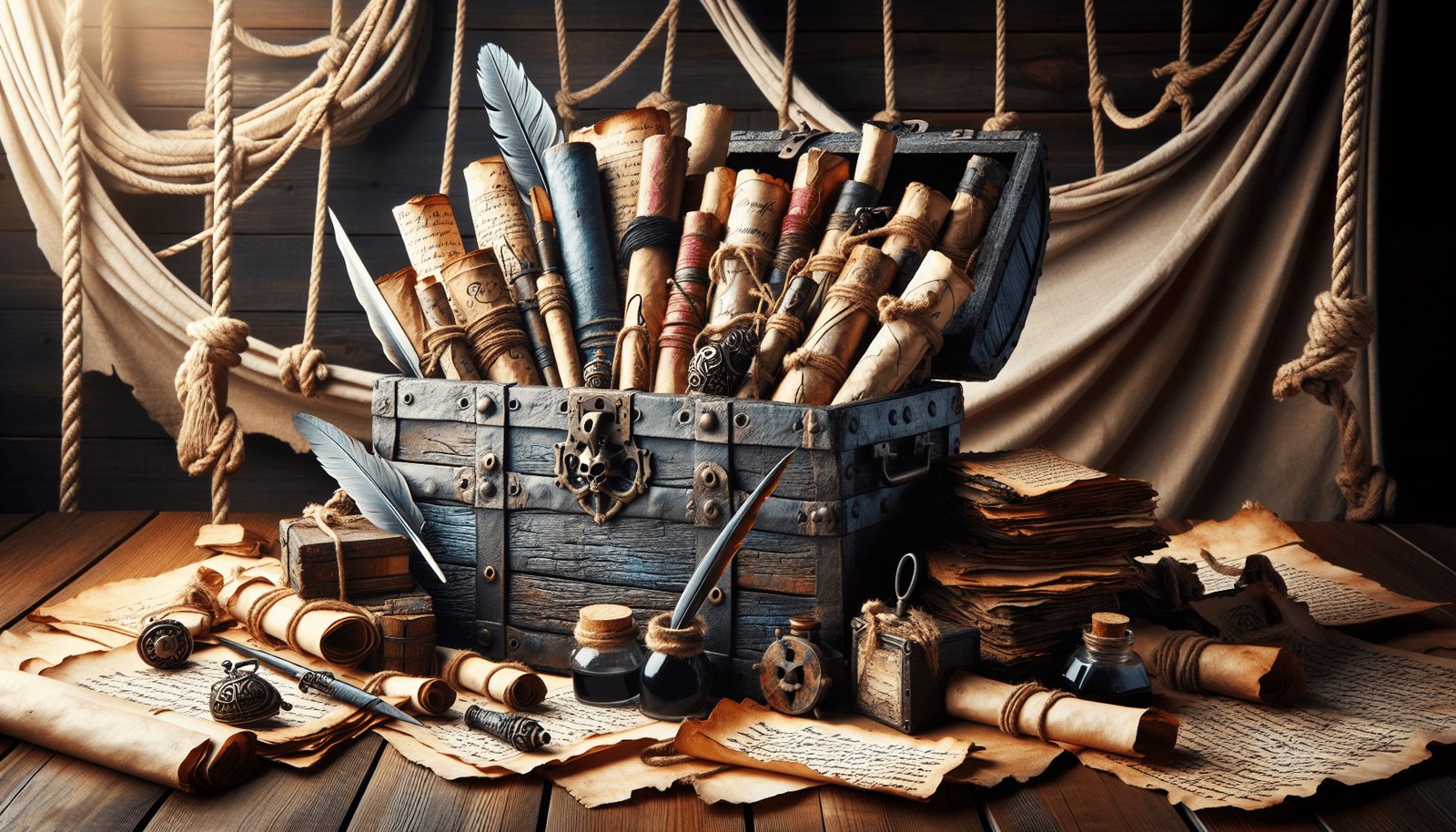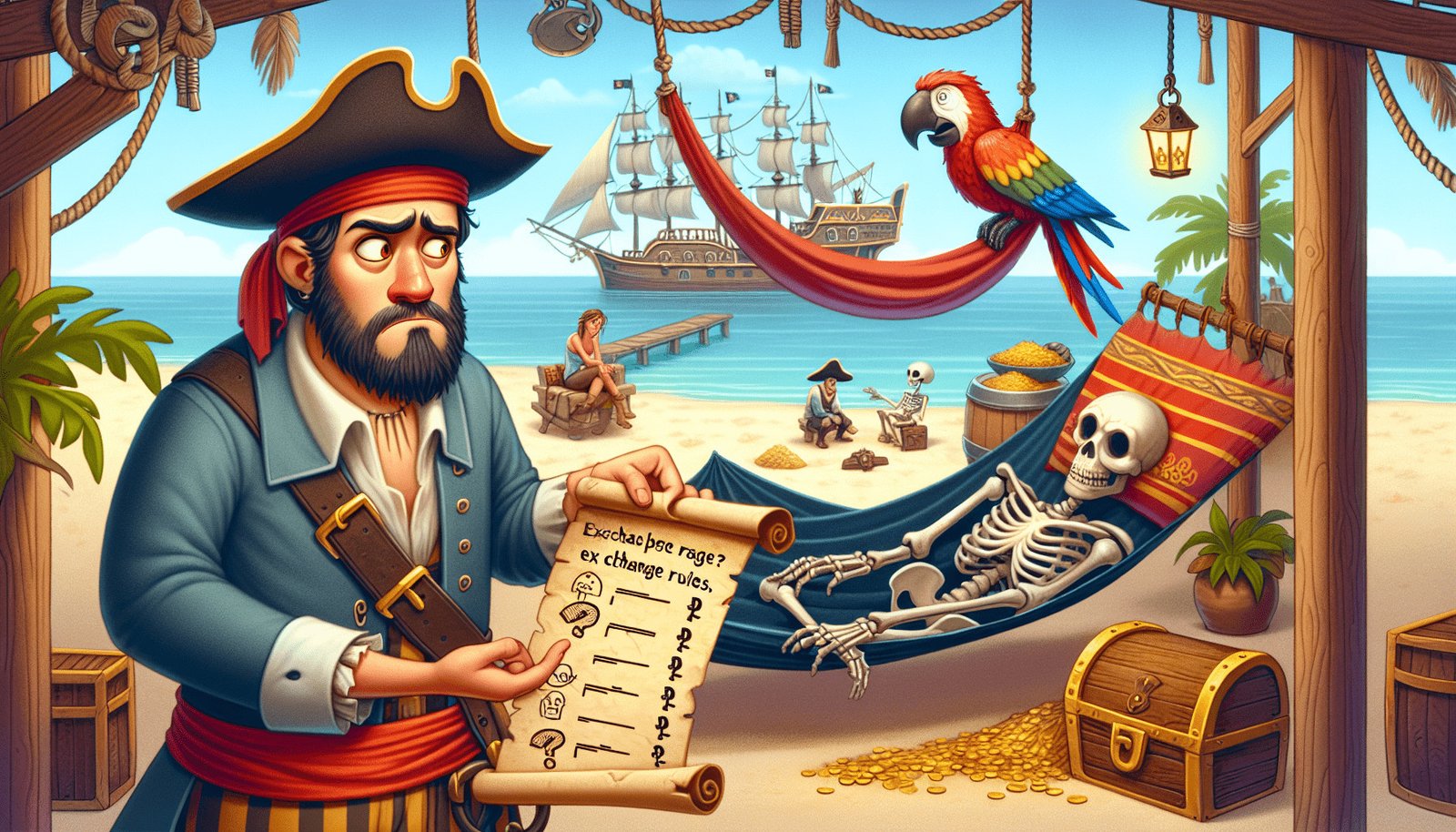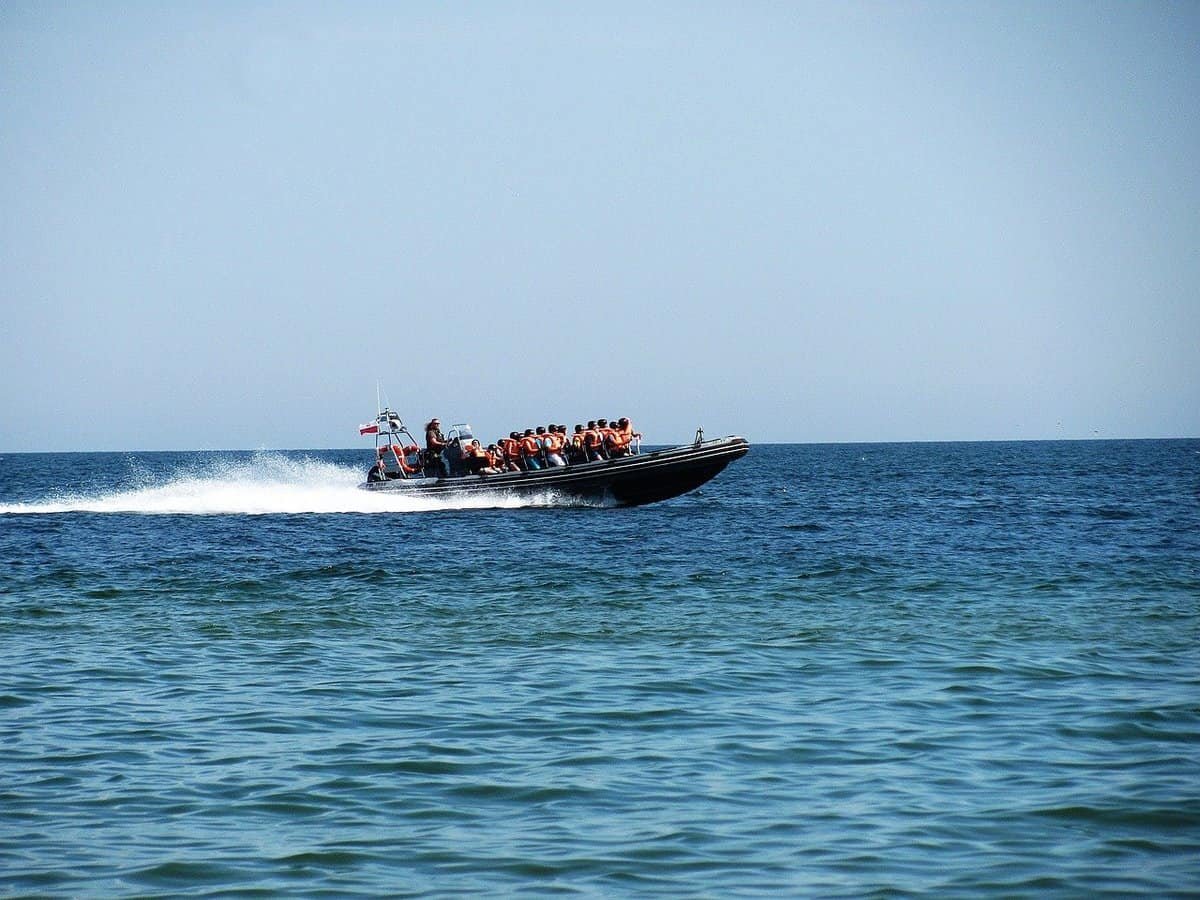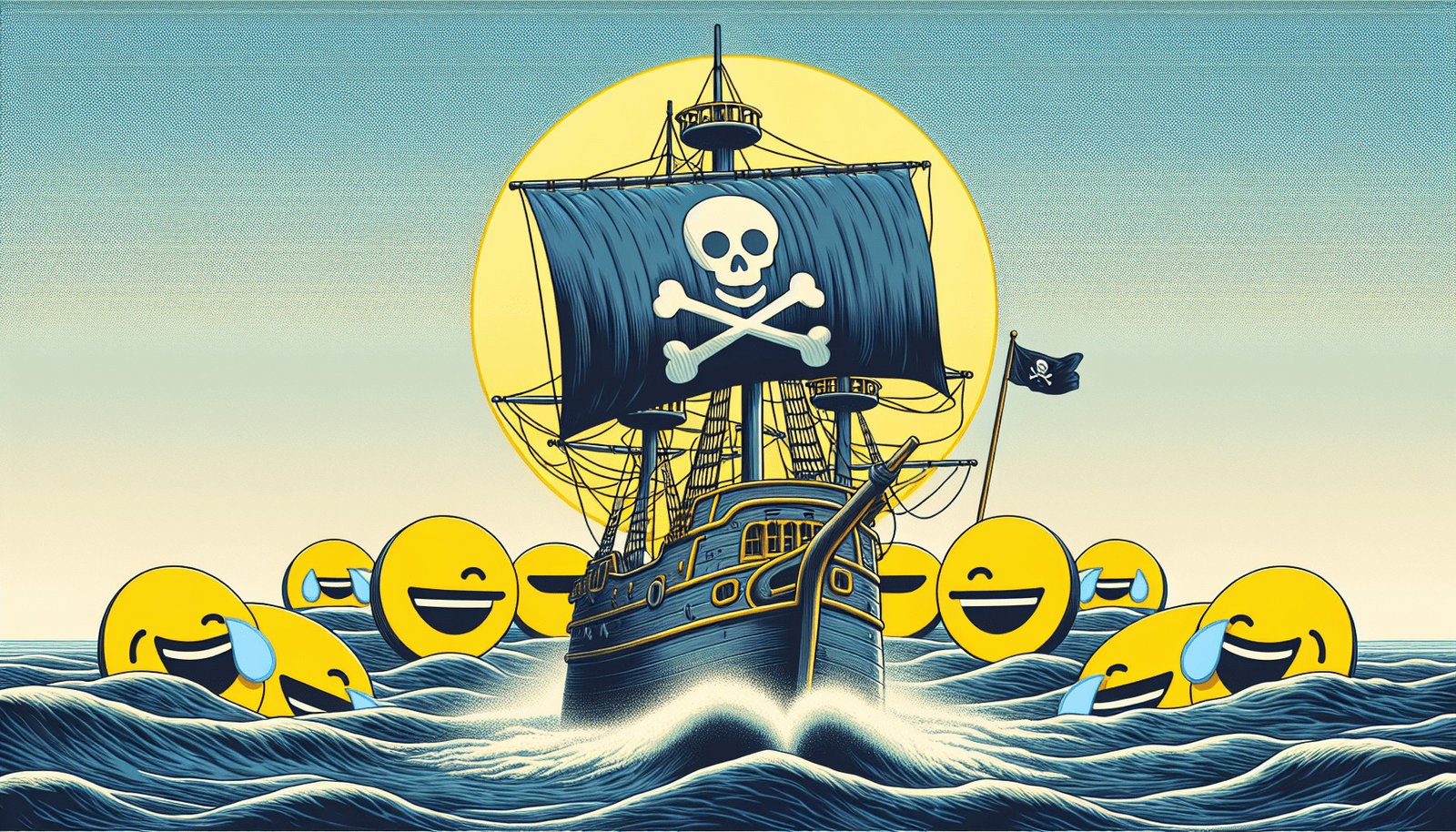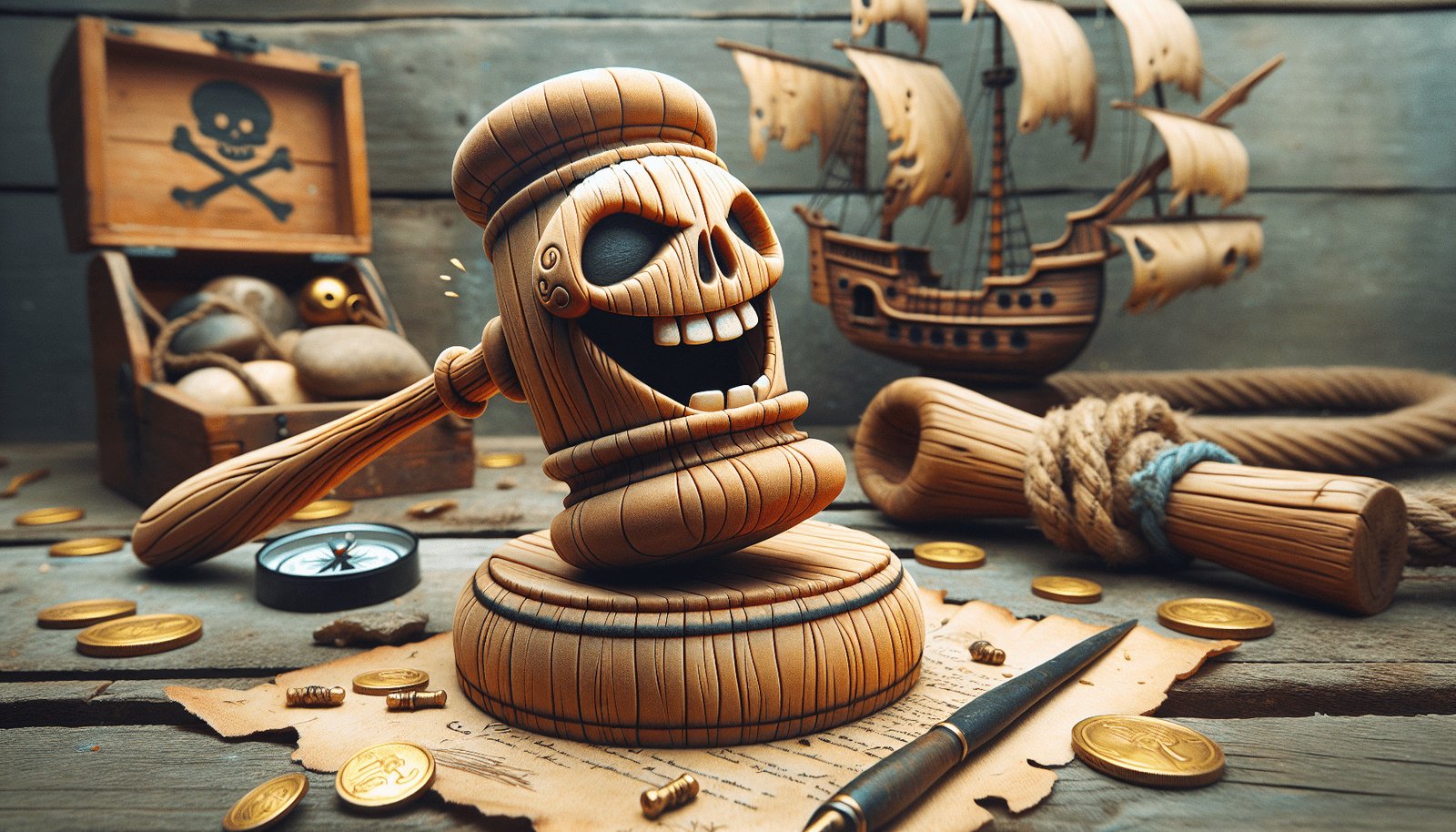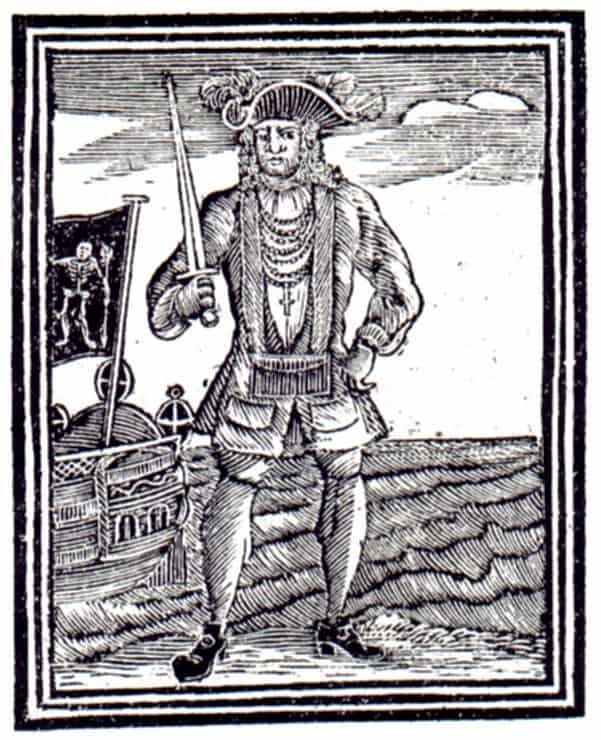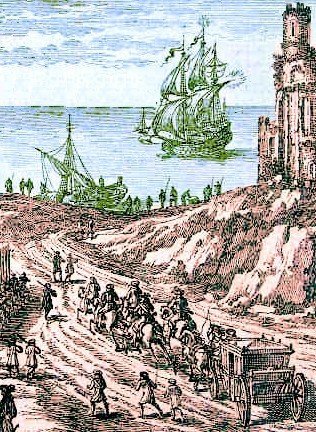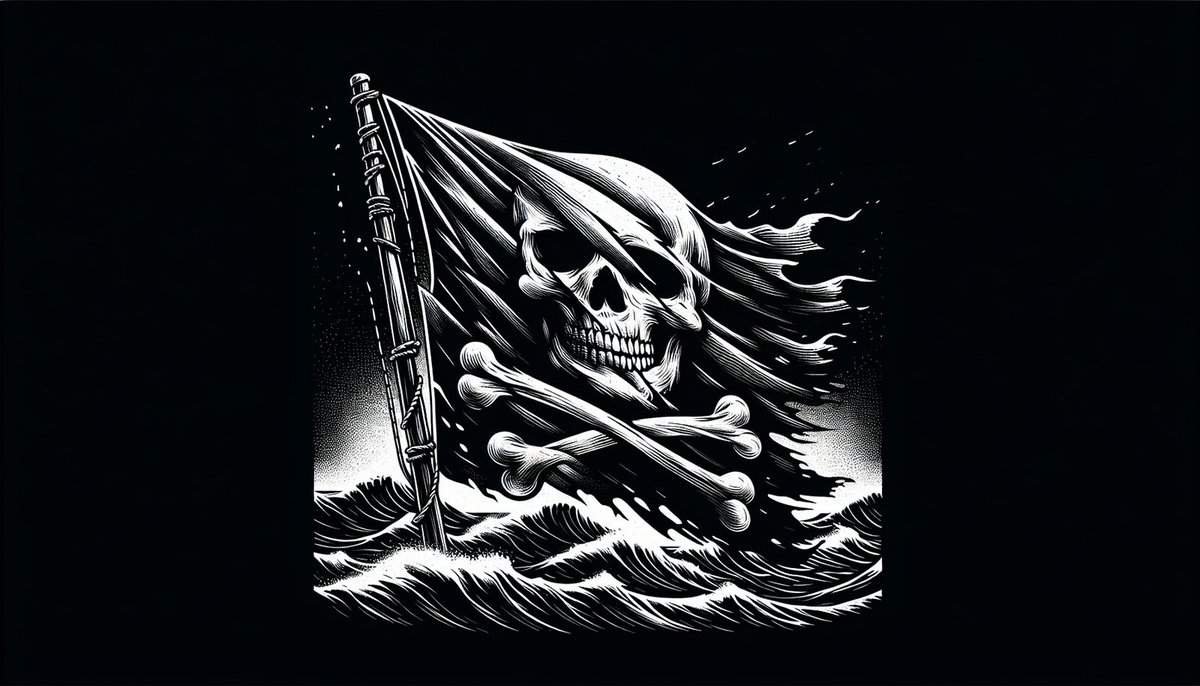## Beyond the Booty: A Look at Pirate Literature and Culture
While the image of a swashbuckling pirate wielding a cutlass might be the first thing to come to mind, the reality of 17th and 18th century piracy is far more complex. These individuals, often driven by economic hardship and rebellion against rigid societal structures, developed a unique culture with its own rituals, codes, and surprisingly, a strong literary tradition. This article will explore the world of pirate poetry, ballads, and storytelling, revealing a deeper understanding of these often romanticized figures.
The Seafarer’s Muse:
Pirates weren’t solely concerned with plunder and battle. They were also keen storytellers with a deep appreciation for the power of words. Travel, danger, and the stark realities of life at sea fueled their creative minds, giving rise to a vibrant oral tradition.
The Ballad Tradition:
Epic ballads, often sung around campfires, became a central part of pirate life. These tales, passed down through generations, recounted daring exploits, treacherous voyages, and the ever-present threat of capture. Popular ballads like “The Ballad of Blackbeard’s Beard” offer a glimpse into the humor and bravado ingrained in pirate culture.
These narratives served several purposes.
* Entertainment: Providing a crucial source of amusement during long voyages and times of quiet on board.
Recruitment: Glorifying pirate life and enticing new members with tales of adventure and riches. Social Cohesion: Reinforcing shared values and experiences, fostering a sense of camaraderie amongst the crew.
* Historical Record: Preserving a unique perspective on naval warfare, maritime trade, and the social conditions of the time.
Pirate Poetry: A Rough and Ready Artform:
While ballads dominated the musical landscape, pirates also engaged with more poetic forms. Their verse, often characterized by a raw, earthy style, reflected their harsh realities and defiant spirit.
Themes commonly explored in pirate poetry included:
* Rebellion: Expressing contempt for authority and traditional social structures.
* Freedom: Celebrating the unconventional lives they led, rejecting societal constraints.
* Mortality: Confronting the ever-present danger of their profession, finding solace in humor and sharp wit.
The Evolution of the Pirate Narrative:
Over time, pirate legends and stories began to seep into popular culture, becoming the basis for novels, plays, and eventually, films. These narratives often romanticized and exaggerated the truth, transforming pirates from complex individuals into caricatures of cunning sea rogues.
Modern Interpretations:
Today, historians continue to uncover new insights into the world of piracy through archaeological discoveries, manuscripts, and the analysis of surviving vessels. These efforts aim to shed light on the multifaceted lives of pirates, moving beyond simplistic stereotypes and revealing the humanity and complexity behind the legendary image.
By exploring the history of pirate literature and poetry, we gain a more nuanced and fascinating understanding of these enigmatic figures, moving beyond romanticized tropes to uncover the rich cultural tapestry they created.
